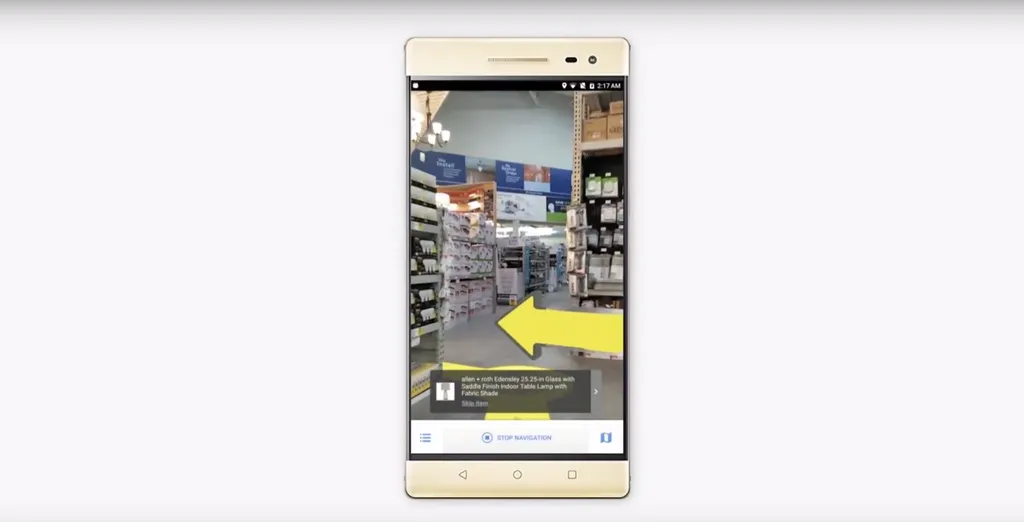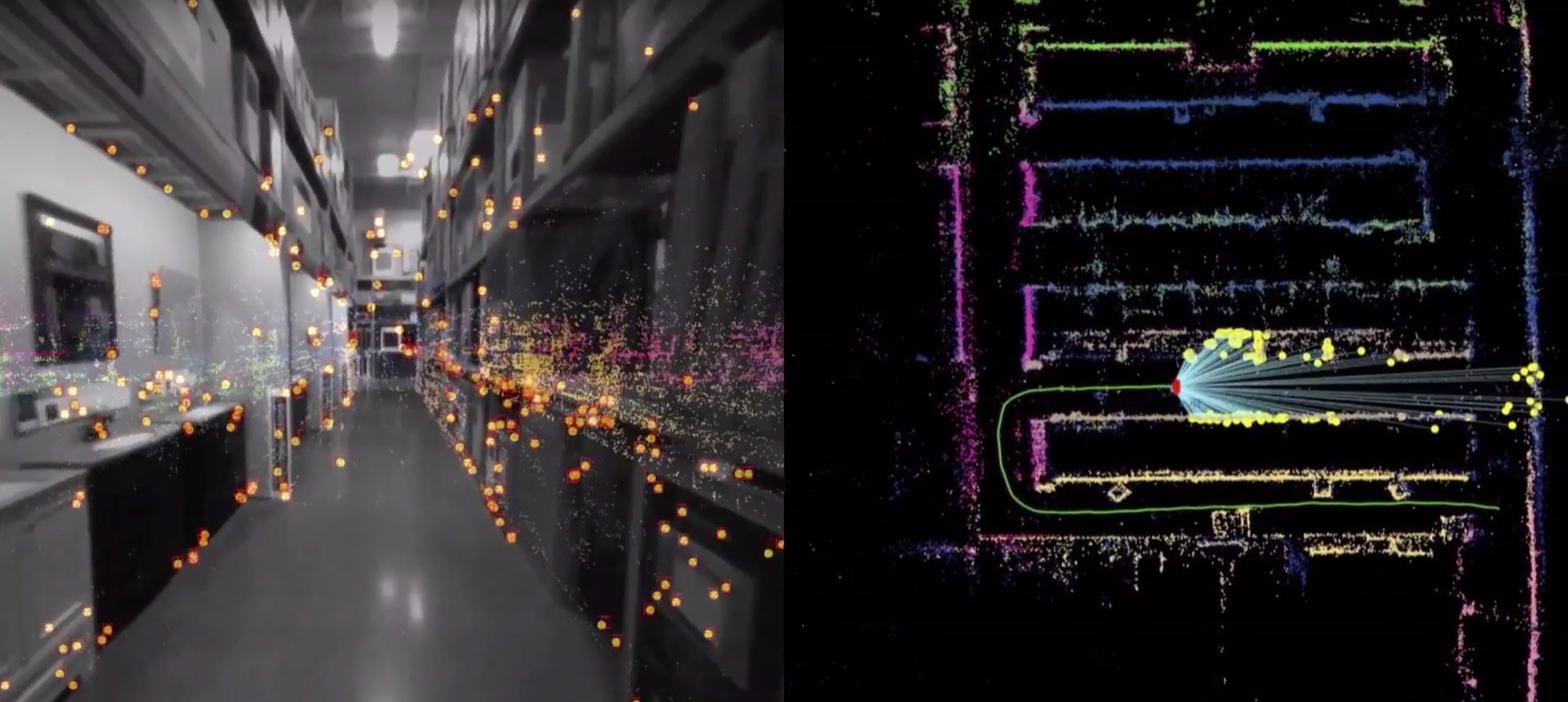Clay Bavor, VP of VR for Google, took the stage to share intriguing new information for immersive technology. He made a blockbuster announcement for the new standalone VR headset Google is working on with HTC and also shared that the S8 will finally be getting Daydream support.
Not to be left out, AR also got some shine from Bavor and there are some cool things down the pipeline.
First up, the 2nd gen AR phone will go on sale this summer. The new Asus ZenFone AR is a far cry from the first Tango-equipped device, adopting the small form factor prevalent across the mobile phone industry currently. Bavor didn’t spend very time on hardware before he shifted right into new technology that could send shockwaves across the mobile industry.
“AR is most powerful when it’s tightly coupled to the real world,” says Bavor. “The more precisely, the better.” Google has been working with the Google Maps team to get precise location data for indoors. The result is Visual Positioning Service, or VPS, which uses your phone to find distinct visual features in your surroundings to triangulate and get you to your desired space.
The example on stage showed a VPS equipped phone take a user directly to the specific screwdriver he or she needed in a Lowe’s store. The visual representation of how this works showed the phone’s camera marking “feature points” with different color dots. It recognizes where items are in the space down to within a few centimeters. Then the user interface shows navigation-like elements as the user is guided down aisles.
Bavor followed the demo up with an anecdote on how an audio-based version of VPS could help those with impaired vision and “transform how they make their way through the world”.
He also revealed that VPS will also be one of the core capabilities of Google Lens, which we recently covered as well. A lightweight pair of AR equipped glasses with Lens tech and VPS would be incredible to experience and, hopefully, we’ll see that initiative come to fruition in the near future.
Lastly, Bavor tackled AR’s capacity as an educational tool. With over 2 million students served by the Expeditions VR experience, which gave teachers a way to travel with their students without leaving the classroom, Google is now adding an AR mode to give students an augmented way to learn about things seen in the classroom.
The video shown displayed a classroom where each student was equipped with phones on selfie sticks as they watched an augmented volcano erupt on their desk and a tornado take shape in the class. The AR mode got the students up, moving, and excited about the things popping up in their learning environment.
Implications are that Google is gearing up to take Tango and AR the extra mile as they add more and more functionality. It will be interesting to see what happens next.



























